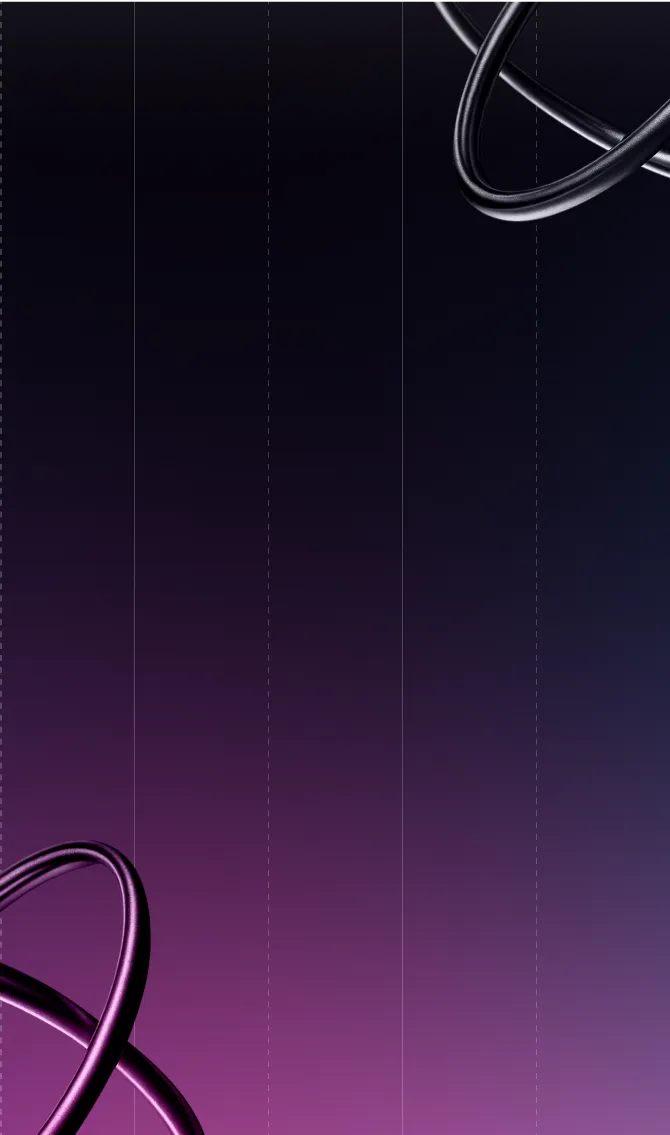Collection Letter Templates & Automation—Plus 5 Free Templates to Download





Unpaid invoices sitting in accounts receivable hurt your cash flow. The difference between companies with strong cash flow and those struggling? Strategic communication about overdue payments.
In 2025, the median DSO across industries was about 38 days, though many companies see DSO reach 45 days or higher without systematic collection processes. The best-performing organizations keep their DSO under 30 days by implementing systematic collection processes.
Key Takeaways:
A collection letter is a formal written communication sent to a customer who has failed to pay an invoice by its due date. These letters create a documented paper trail of your collection efforts, which can be critical if you need to escalate to a collections agency or legal action.
Most customers who miss payments aren't intentionally avoiding them — they're often dealing with internal approval delays, cash flow issues, or simple oversight. Effective collection letters include specific details like invoice numbers, original invoice dates, exact amounts due, and multiple payment options.
Thus, the timing of your collection letters directly impacts their effectiveness. Sending reminders too early can damage customer relationships, while waiting too long reduces your chances of collecting the full amount.
Most accounts receivable teams follow a standard escalation timeline:
7 days overdue: Send a friendly payment reminder. At this stage, you're assuming the customer simply overlooked the invoice or is working through their standard payment approval process.
15 days overdue: Send a second request with a slightly more direct tone. This reminds customers that payment is now significantly past due and needs immediate attention.
30 days overdue: Send a formal payment demand. The tone becomes more serious, and you may mention potential consequences of continued non-payment, such as interest charges or account suspension.
60 days overdue: Send a final notice before collections. This letter explicitly states that failure to pay will result in escalation to a collections agency or legal action.
90+ days overdue: At this point, many companies either engage a collections agency or write off the debt, though some will offer payment plans as a final attempt to collect.
We recommend adjusting these timelines based on your standard payment terms. A construction company with net 60 payment terms might not send their first reminder until 75 days from the invoice date, while a SaaS company with net 15 terms might start at just 3 days overdue.
Every effective collection letter needs several key elements, regardless of where it falls in your escalation sequence.
Clear subject lines: Your subject line should immediately communicate the purpose. Examples include "Payment Reminder: Invoice #12345" or "Final Notice: Overdue Balance for Invoice #12345."
Professional greeting: Address the customer by name and company when possible. Generic "To whom it may concern" greetings feel impersonal and are easy to ignore.
Specific invoice details: Include the invoice number, date, original due date, amount owed, and any relevant purchase order numbers. The more specific you are, the easier it is for customers to locate the invoice in their system and process payment.
Clear call to action: Tell customers exactly what you want them to do and make it easy. Provide multiple payment options, include links to your payment portal, and list contact information for questions.
Professional tone: Maintain courtesy even in final notices. You want to collect payment, but you also want to preserve the customer relationship for future business.
The tone of your collection letters should progress naturally as invoices age. Your first reminder maintains the assumption of good faith — perhaps the customer simply missed the invoice. By the third or fourth communication, your tone becomes more direct and includes consequences of non-payment.
Below are five proven collection letter templates for each stage of the collections process. Each includes guidance on when to use it, a suggested email subject line, and the complete letter text. We recommend using them as a basis for customization, taking into account your industry, customer relationships, and company policies.
Access collection letter templates
While the terms "dunning letter" and "collection letter" are often used interchangeably, there are some important distinctions between them, particularly when it comes to automation.
Dunning letters are automated payment reminders that are typically sent through a systematic, pre-scheduled workflow. The term "dunning" comes from the 17th-century word meaning "to demand payment." Modern dunning processes use software to automatically send payment reminders at specific intervals based on invoice due dates.
Collection letters is a broader term that encompasses any written communication requesting payment on overdue invoices. Collection letters can be either automated or manually created and sent. They may also be modified based on specific customer situations.
The key difference is in how they're deployed. Dunning letters are part of an automated system that triggers reminders based on predefined rules, while collection letters may involve more manual intervention and customization.
Most accounts receivable teams still manage collections manually, which creates significant inefficiencies and delays.
Someone on your AR team reviews an aging report and identifies overdue invoices. Then they manually create and send collection letters, log the communication, set reminders to follow up, and repeat this process for every overdue invoice. For larger organizations managing hundreds of customers, this manual approach is unsustainable.
This manual process has several critical problems. Collection letters are often delayed because someone has to remember to send them. Messaging is inconsistent across different team members. There's no systematic way to track which customers respond to which types of messages. And your team spends hours each week on repetitive administrative tasks instead of having strategic conversations with customers about payment.
Automation solves these problems by triggering collection letters at exactly the right time based on invoice due dates and payment status. Instead of someone manually checking an aging report, your system automatically identifies overdue invoices and sends the appropriate reminder.
Modern collection automation platforms allow you to set up escalation rules that determine which letter to send based on how many days past due an invoice is, whether previous reminders received responses, the customer's payment history, and the size of the outstanding balance.
The key advantage of automation is the ability to track payment promises and follow-ups systematically, in addition to saving time. When a customer responds to a collection letter saying they'll pay by a specific date, your system can automatically schedule a follow-up if payment isn't received. This ensures nothing falls through the cracks.
To optimize your collection process, you need to track specific metrics that indicate whether your collection letters are working.
The three most important metrics to monitor are response rate, payment rate, and average days to payment. Response rate measures what percentage of customers reply to your collection letters, even if they don't immediately pay. A low response rate often indicates your letters aren't reaching the right people or aren't compelling enough to prompt action.
Payment rate tracks what percentage of collection letters result in payment within a specific timeframe. This is your ultimate success metric — the whole point of sending collection letters is to collect payment.
Average days to payment tells you how long it takes from sending a collection letter to receiving payment. This helps you understand which stages of your escalation process are most effective.
Manually tracking due dates, creating collection letters, and following up with customers about overdue invoices is more than just tedious work — it's a major drain on your AR team's productivity and directly impacts your cash flow.
The most successful AR teams implement automated workflows that ensure the right message reaches the right customer at exactly the right time, every single time.
Fazeshift eliminates the manual collection burden by automatically sending personalized collection letters based on invoice due dates and customer payment behavior, tracking customer responses and payment promises, escalating appropriately when customers don't respond, and integrating seamlessly with your accounting system to stop reminders once payment is received.
Eliminate manual bottlenecks, resolve aging invoices faster, and empower your team with AI-driven automation that’s designed for enterprise-scale accounts receivable challenges.

